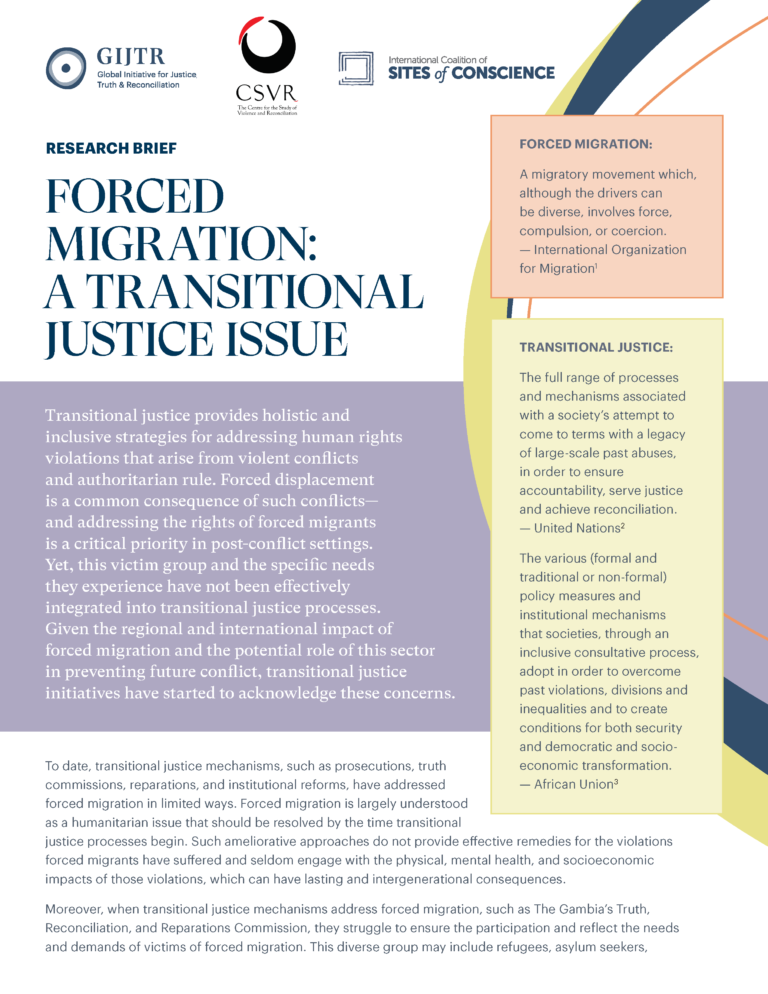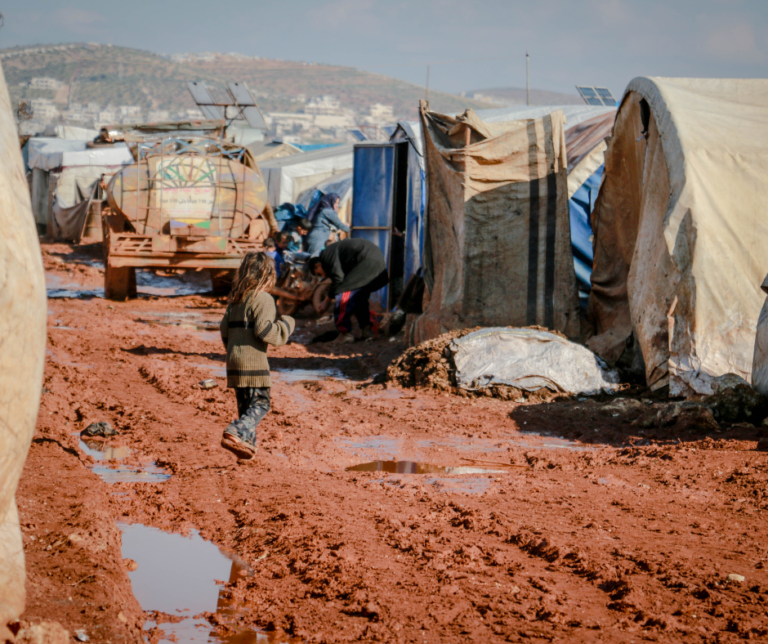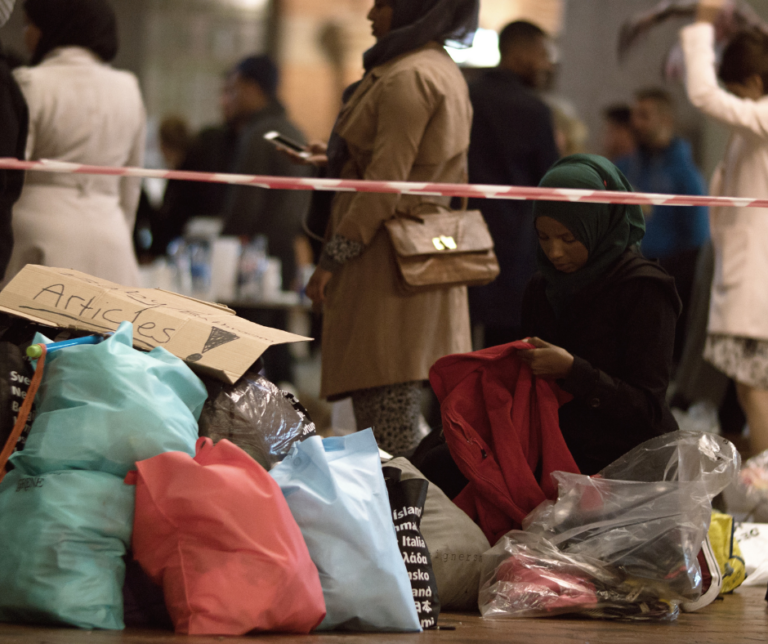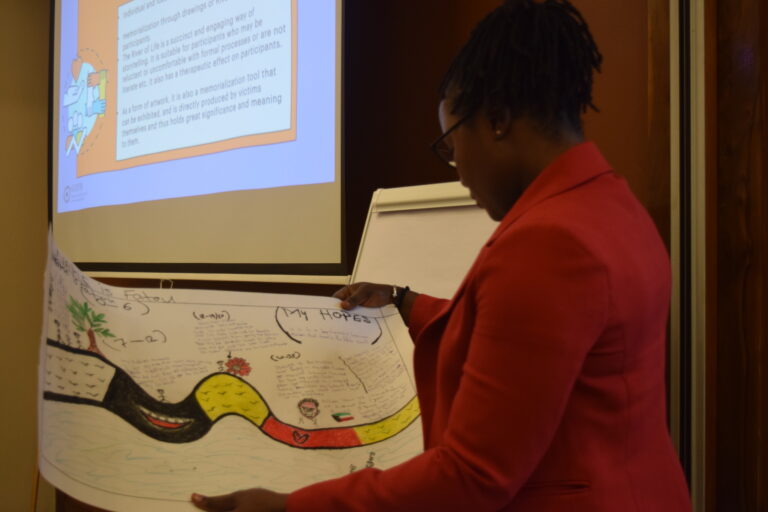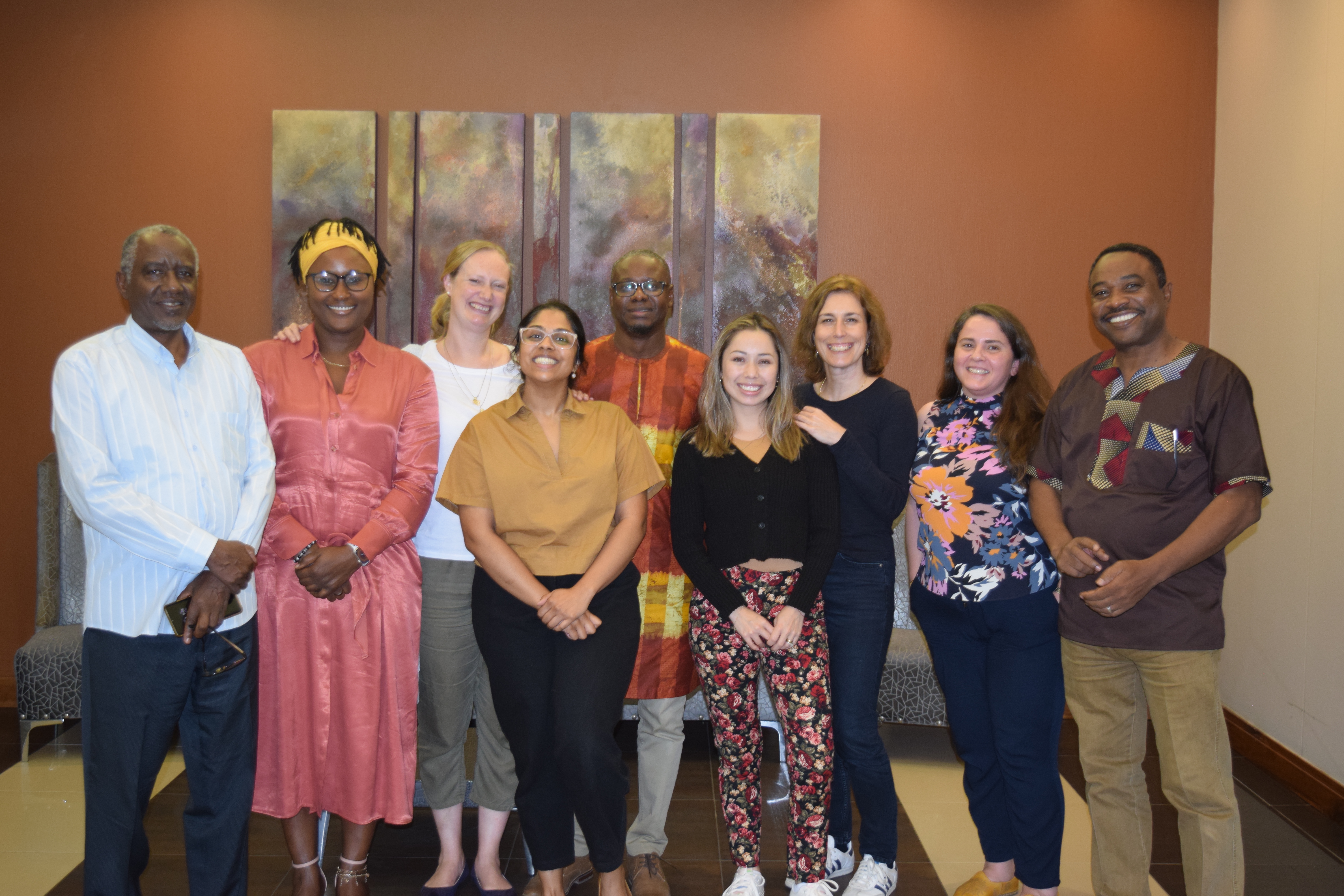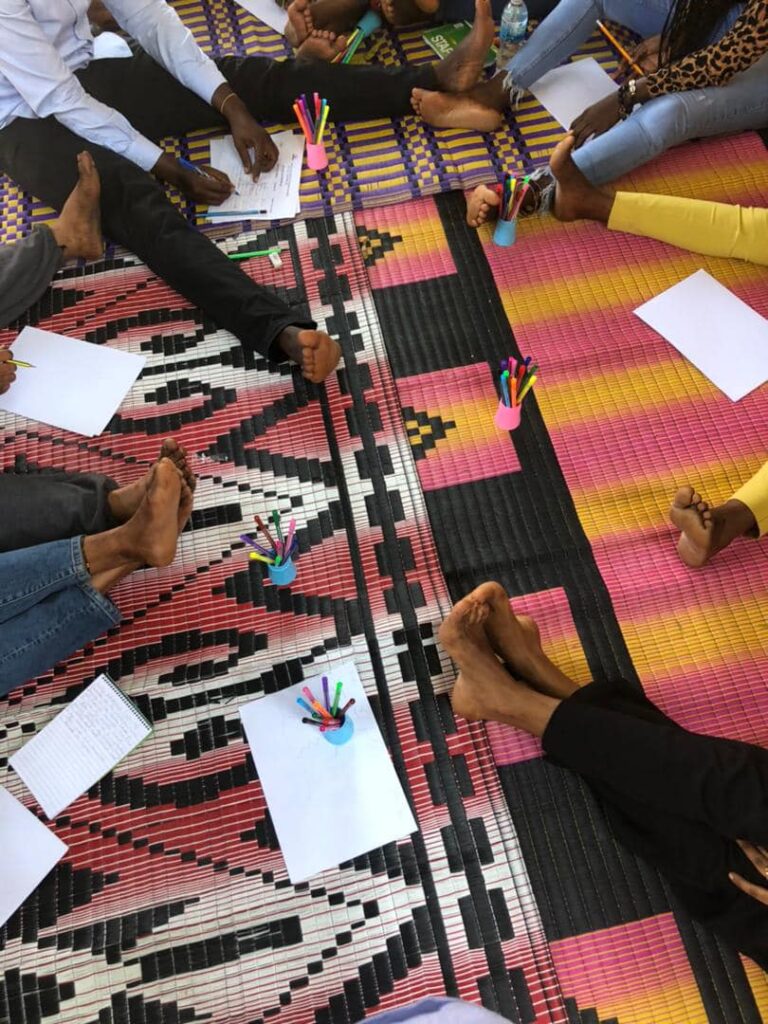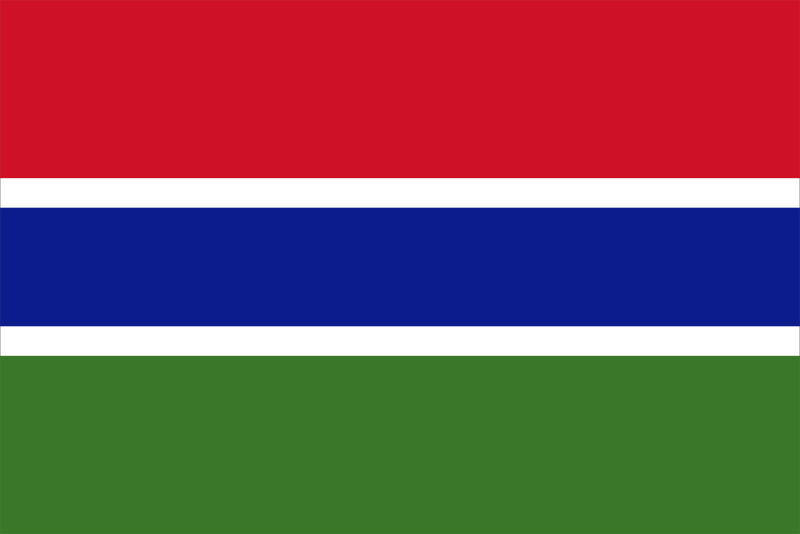FORCED MIGRATION AND TRANSITIONAL JUSTICE
While forced migration affects many, it has a disproportionate impact on marginalized groups that face structural barriers to accessing life opportunities, such as those excluded from mainstream economic life, living in geographic peripheries, religious and/or ethnic minorities, disabled persons, women and youth, among others. This marginalization is exacerbated through violence and displacement. At the same time, forced migrants are not a uniform group—their experiences are shaped by the historical, political, socioeconomic and environmental context of their places of origin and where they settle, as well as a range of politico-legal frameworks.
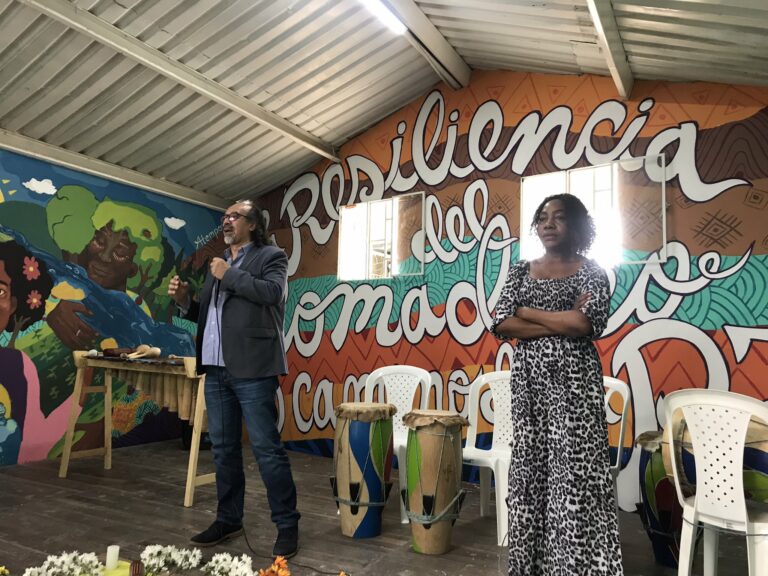
While there is an acknowledgment and recognition by transitional justice mechanisms and processes to address violations of forced migration and displacement of citizens, this recognition has not translated into meaningful participation of forced migrants in the national transitional justice processes in their countries of origin. Although transitional justice aims to heal societies, these marginalized groups often struggle to make their voices heard. The humanitarian space has at most remained depoliticized, thereby effectively disconnecting displaced persons from the wider political context and violence that led to their exile, and by extension, leaving them on the margins of peace processes, political transitions and other mechanisms designed to allow them to return home and genuinely integrate.
Project Details
This project addresses the disenfranchisement of forced migrants, including Internally Displace people (IDPs), refugees, and asylum seekers, in national transitional justice processes in countries of origin. By looking beyond humanitarian approaches to addressing victimhood and human rights violations, this project examines forced migration as a transitional justice issue and the extent to which it has been integrated into transitional justice processes, developing recommendations for improving responses to forced migration. Through case studies of diverse country contexts in different phases of transition, and the experiences and activism of a variety of forced migrant groups—from refugees resettled in the diaspora and IDPs displaced by insurgency to trans-border migrants in regional conflicts—the project provides evidence-based policy solutions for addressing forced displacement through inclusive and holistic transitional justice processes, which are responsive to the needs and demands of affected populations.
Project Objectives
Highlight gaps, challenges and obstacles to forced migrants’ participation in national transitional justice processes in their countries of origin, as well as best practices, lessons learnt, opportunities and innovative ways of facilitating their inclusion in transitional justice processes.
Develop country case studies through desk and participatory research methods and analysis of forced migration in past, ongoing and emerging transitional contexts.
Increase the knowledge base of practitioners and policy makers on the drivers and consequences of forced migration, particularly conflict, insurgency, and authoritarian violence, as well as its intersections with broader issues such as climate change, land grabbing (or property rights) and food insecurity.
Provide sub-grants to local partners to implement projects based on the needs highlighted in research findings.
Recommend transitional justice policies and practices that promote contextually relevant, representative and inclusive approaches to addressing forced migration, guided by affected communities.
Develop guidelines or a toolkit to guide member states in integrating the voices, experiences and victimization of forced migrants in transitional justice processes through their active participation in truth-telling and truth-seeking processes, justice and accountability, reparations, and guarantees of non-recurrence.
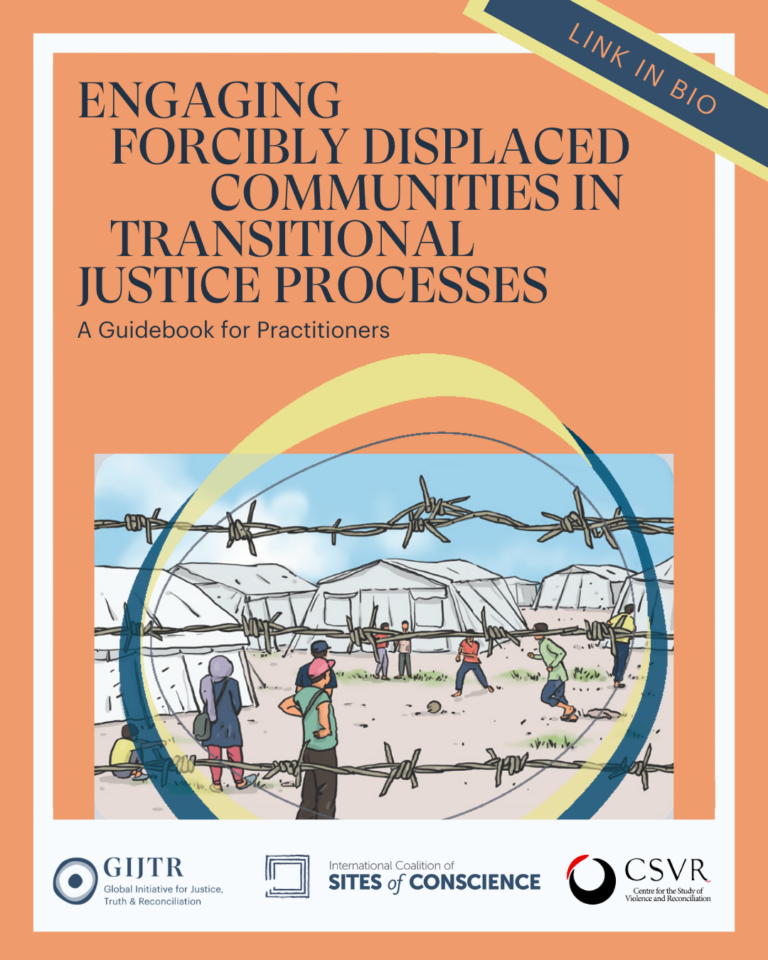
Engaging Forcibly Displaced Communities in Transitional Justice Processes
Published in May 2023, this guidebook, addresses the global phenomenon of forced migration and seeks to outline how the voices of asylum seekers, refugees and internally displaced people can be effectively integrated into transitional justice processes. Understanding forced migration as both a consequence of conflict and authoritarian rule and a violation in itself, this guidebook provides pathways to work directly with forced migrant communities within a transitional justice framework.
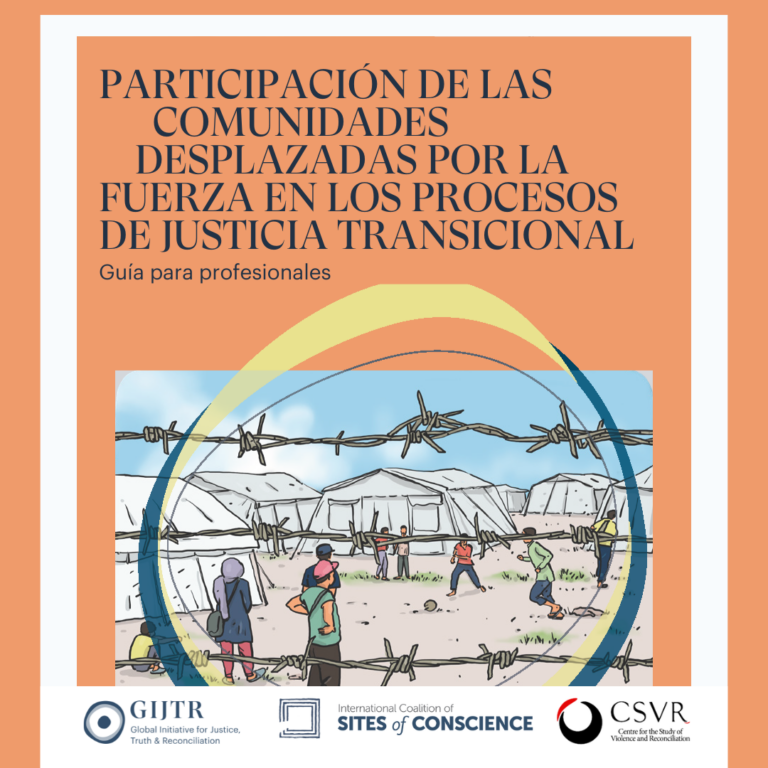
Participación de las Comunidades Desplazadas por la Fuerza een los Procesos de Justicia Transicional

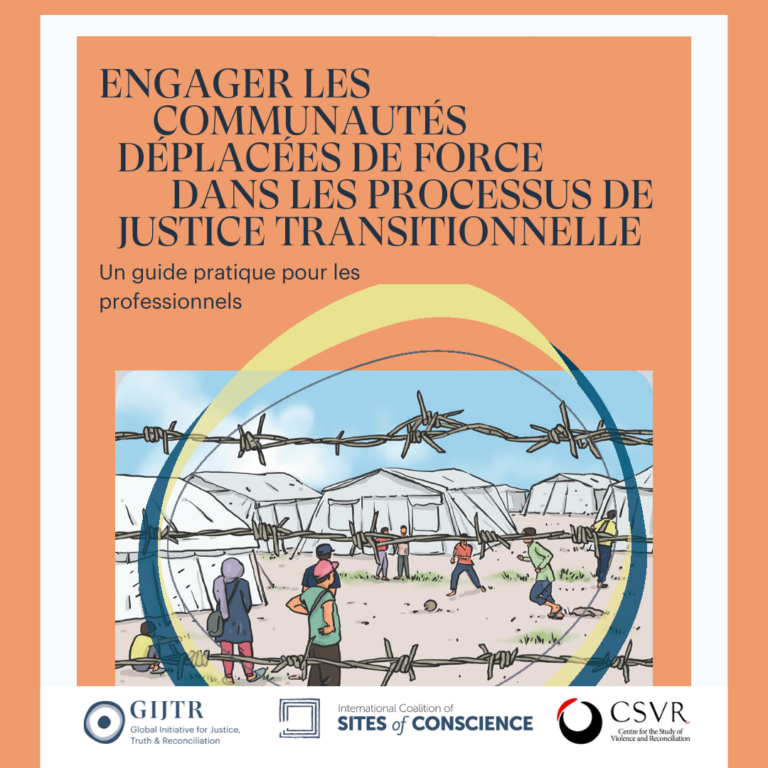
Engager les communautés déplacées de force dans les processus de justice transitionnelle
GIJTR’s local partners in Syria, Bangladesh, Gambia and Sudan have explored the interface between transitional justice and the needs of forced migrants through research and case study development. From young Gambian returnees to internally displaced people (IDP) from Idlib, Homs, and Hama in Syria, each case study captures the experiences of IDPs and refugees and how transitional justice mechanisms may begin to address the violations related to the destruction of property, socio-economic exclusion and bodily harms.
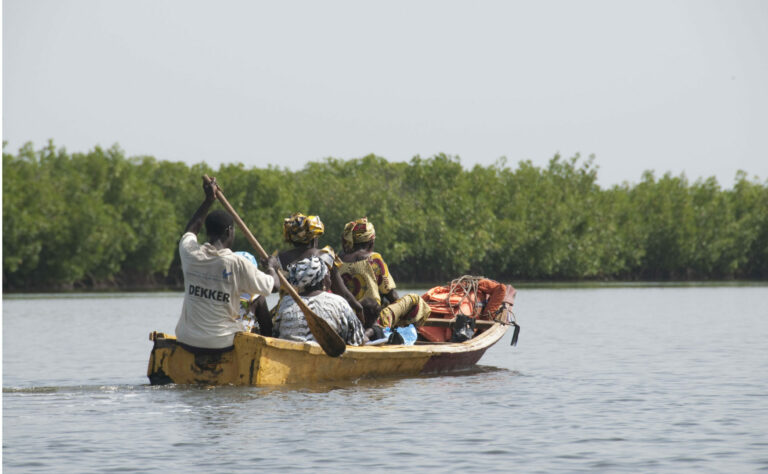
Forced Migration and Transitional Justice in The Gambia
This case study assesses the extent of inclusion or marginalization of forced migrants in The Gambia’s transitional justice mechanisms. It focuses on returnees, which are the largest forced migrant group in the country.
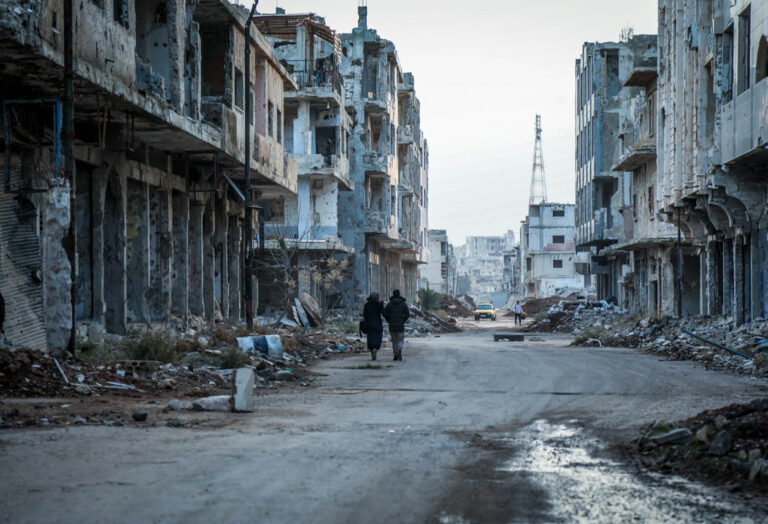
Forced Migration and Transitional Justice in Syria
Forced displacement has been a feature of the Syrian conflict almost from its beginning in 2011, when the Syrian government violently repressed a mass civilian protest movement and instigated a civil war that persists to this day in certain parts of the country.
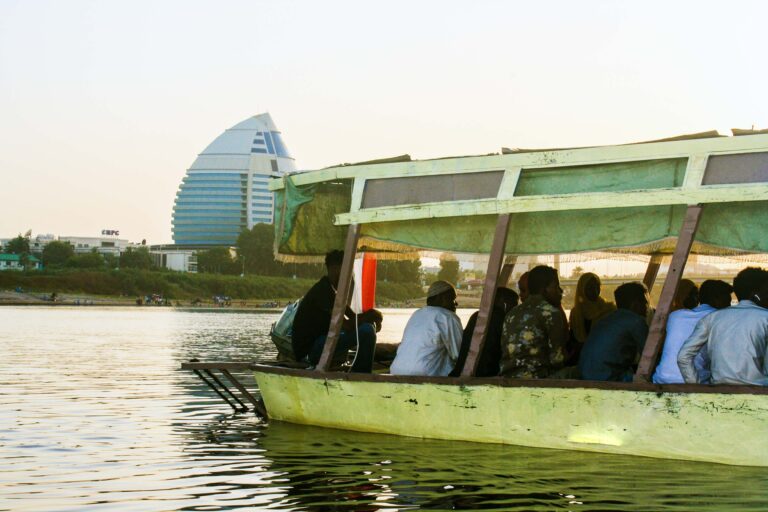
Forced Migration, Internal Displacement and Transitional Justice in Sudan
This case study focuses on forced migration and transitional justice in Sudan, with a particular focus on internal displacement in Darfur. The study employed the following methods of data collection: documentation review, focus group discussions (FGDs), key informant interviews and observation.
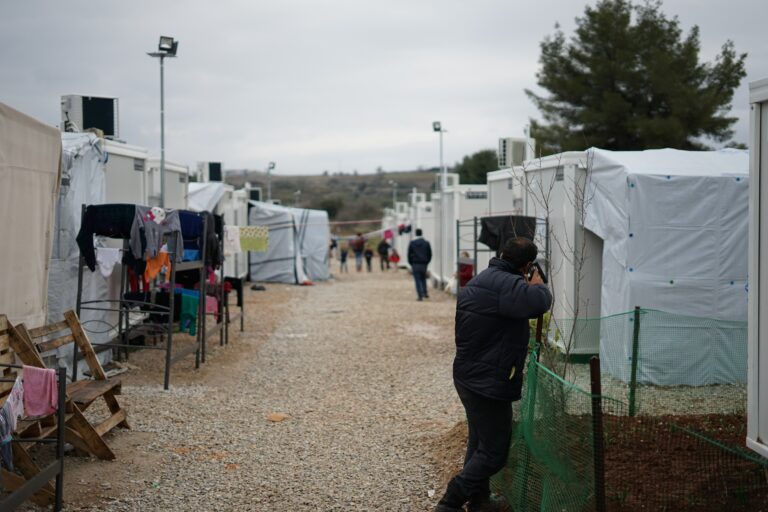
Forced Displacement and Transitional Justice in Northern Syria
This paper deals with forced displacement as an issue of transitional justice in the Syrian context and seeks to identify the extent to which it is integrated into transitional justice programs and processes by relevant international organizations and Syrian civil society organizations (CSOs), and whether forced displacement is treated within a humanitarian and human rights violations framework only.
This research brief presents recommendations for integrating forced migration and its victims into transitional justice processes. Based on research conducted in partnership with forced migrant communities in The Gambia, Sudan, Syria, and Bangladesh/Myanmar, the recommendations provide guidance for national and international policymakers and civil society actors working at the nexus of transition and migration. Download your preferred language below:
